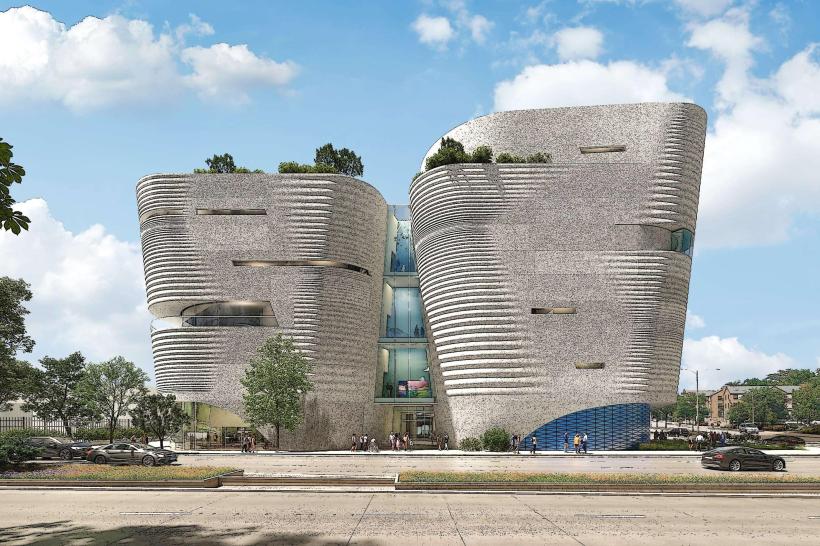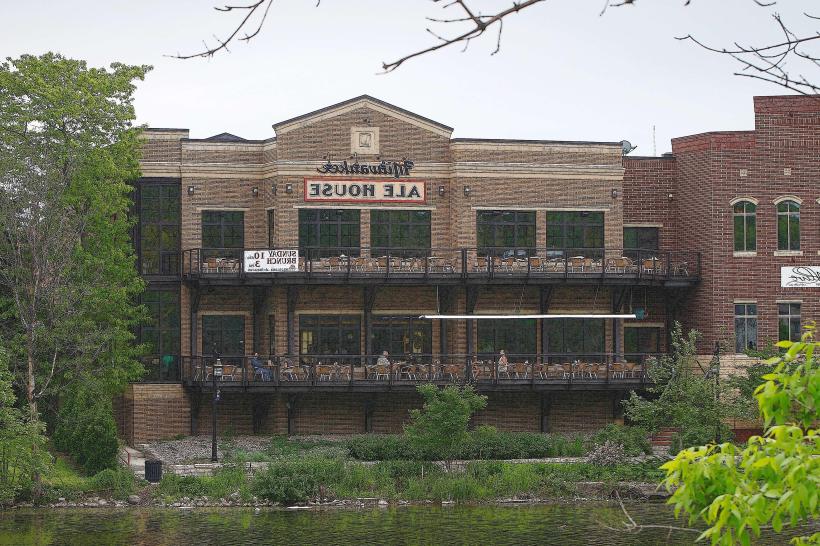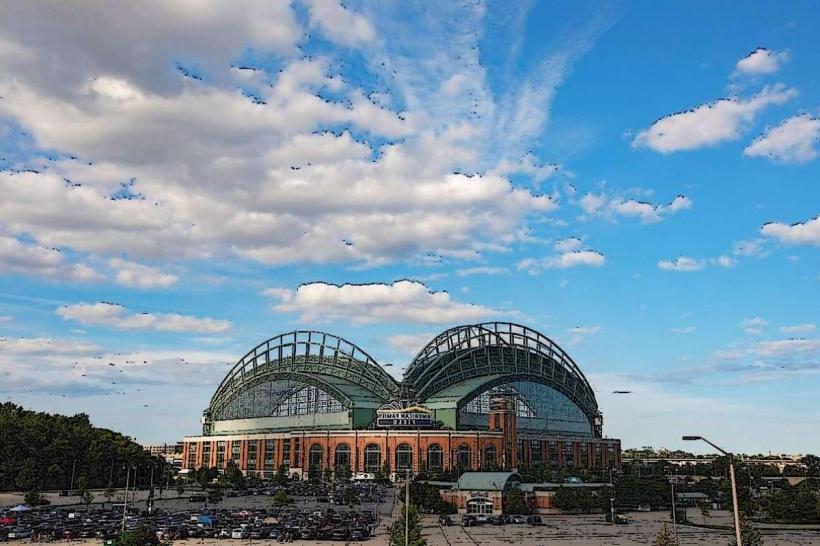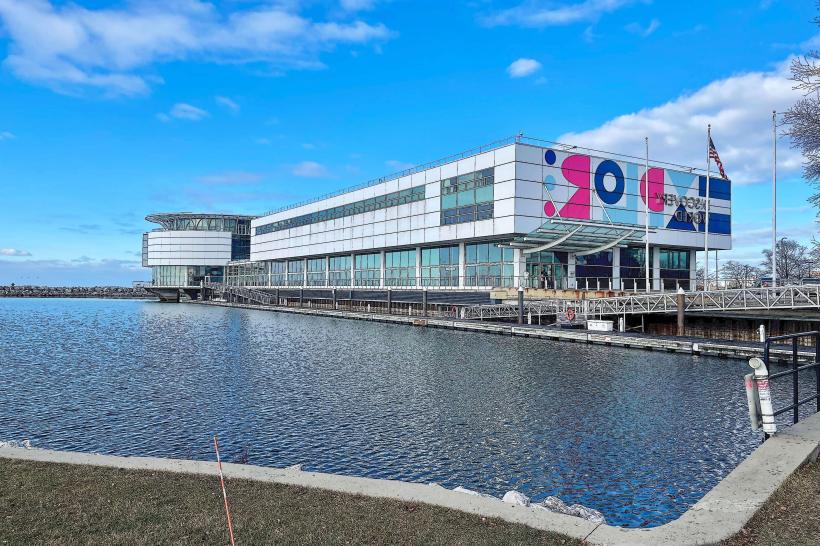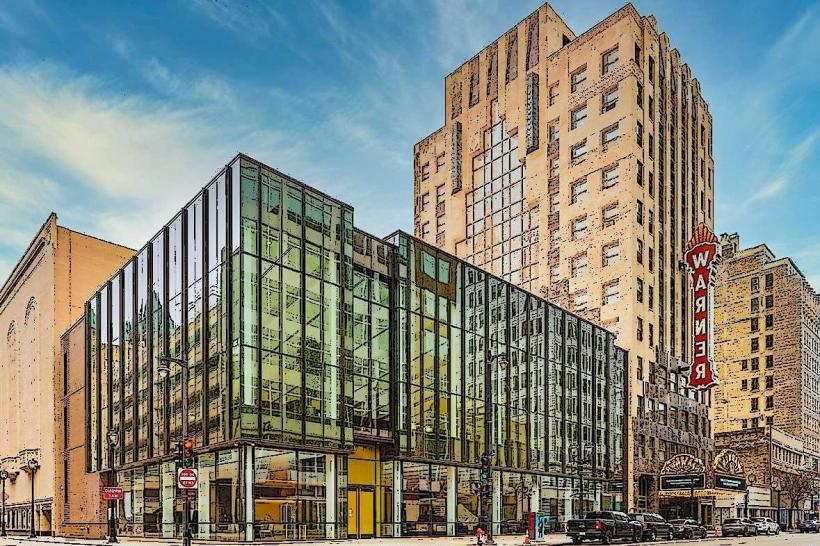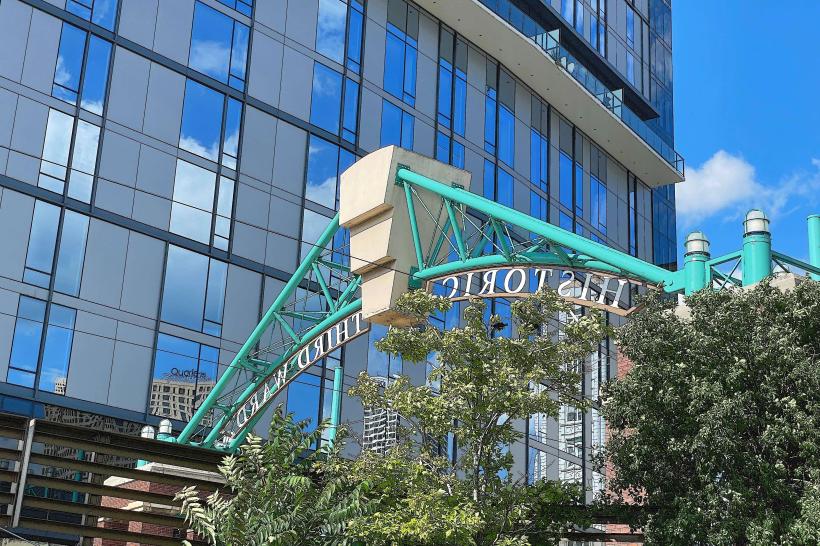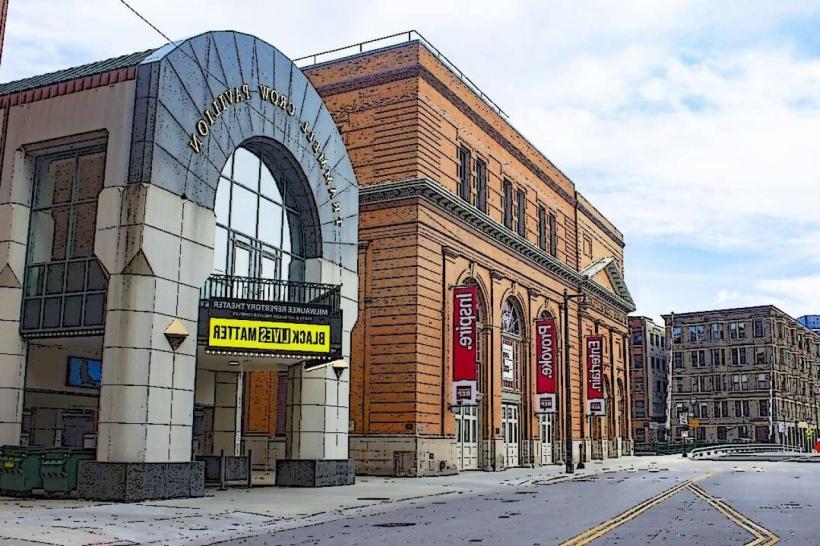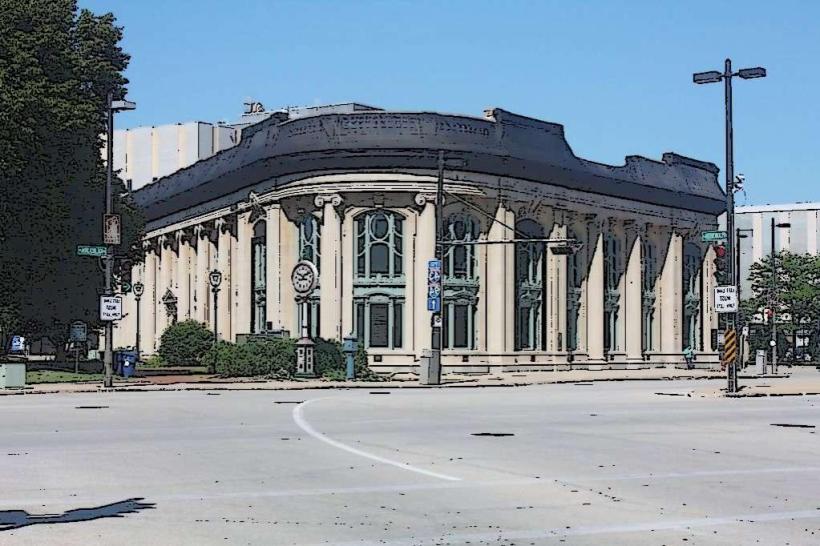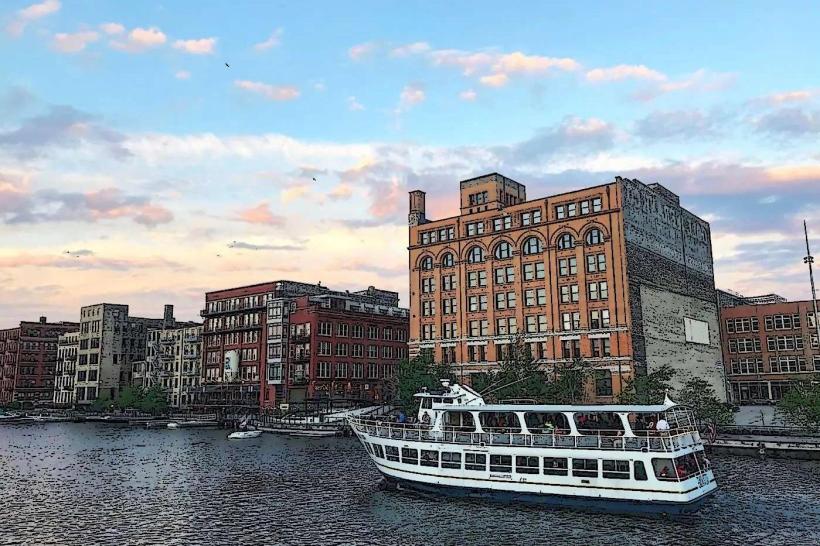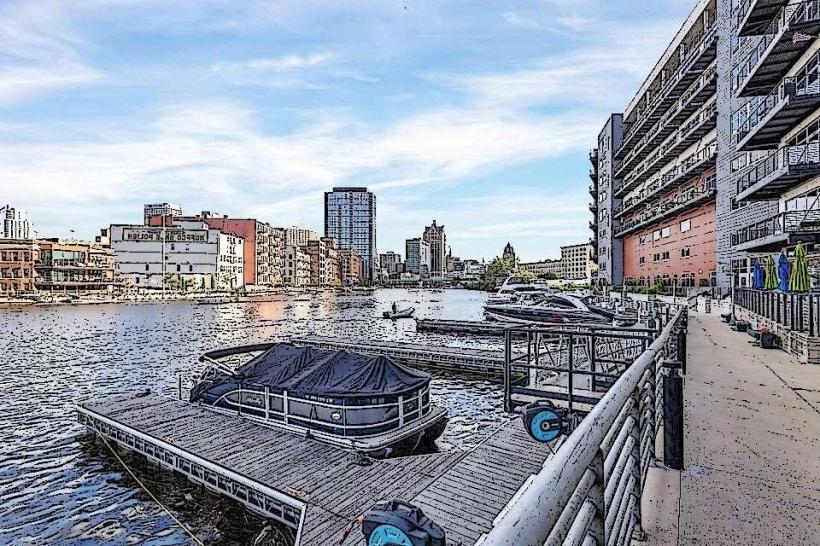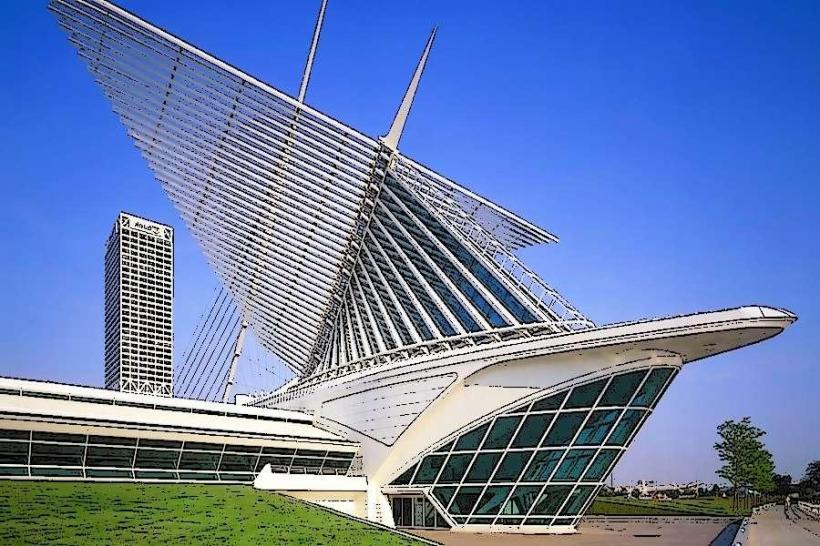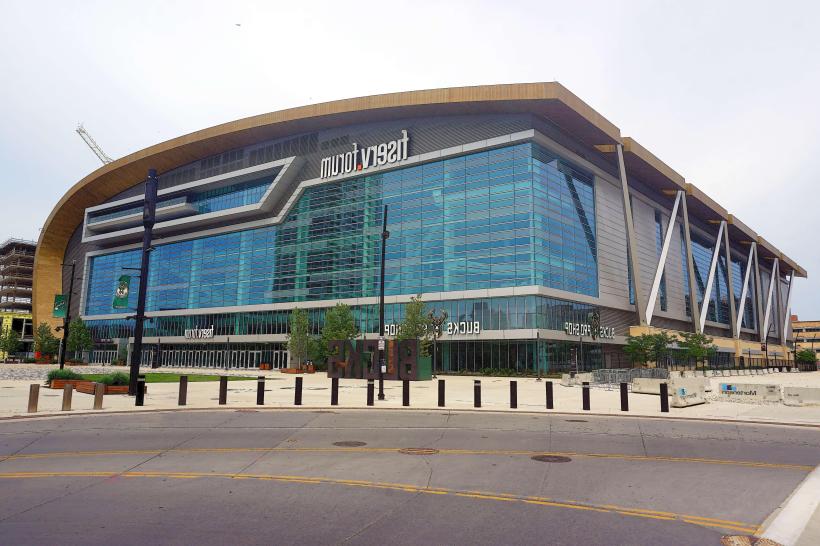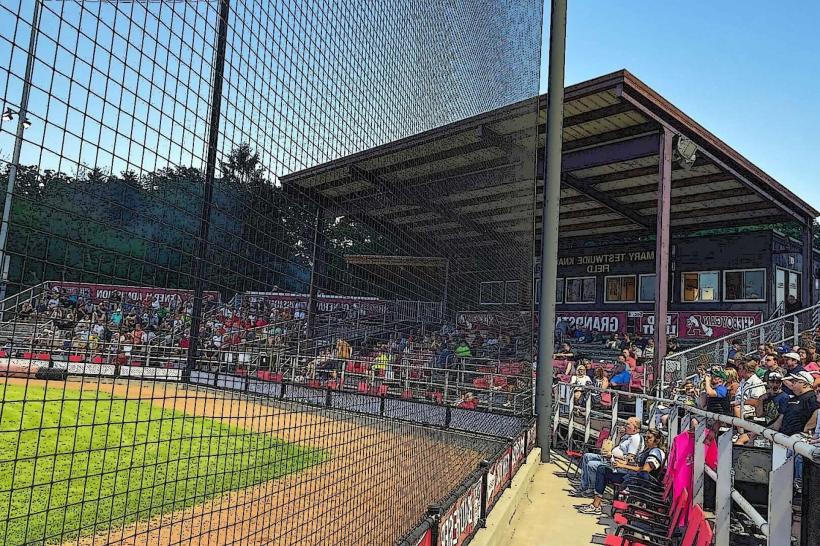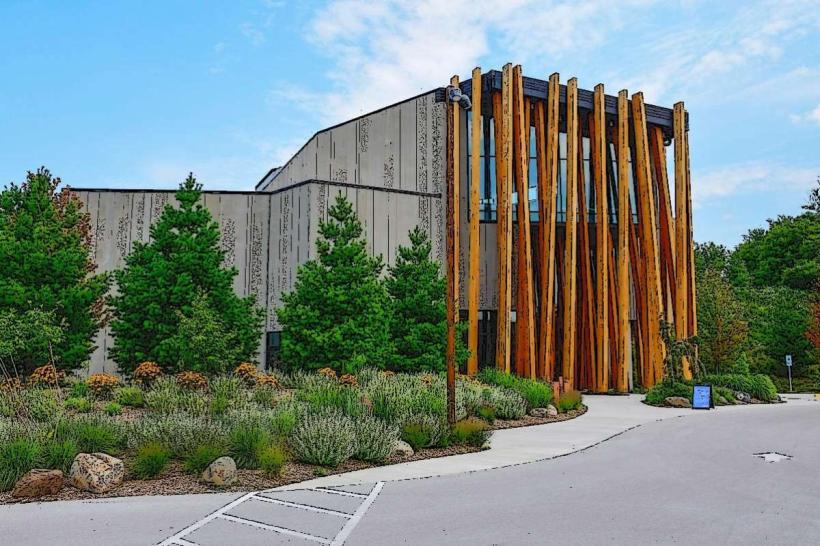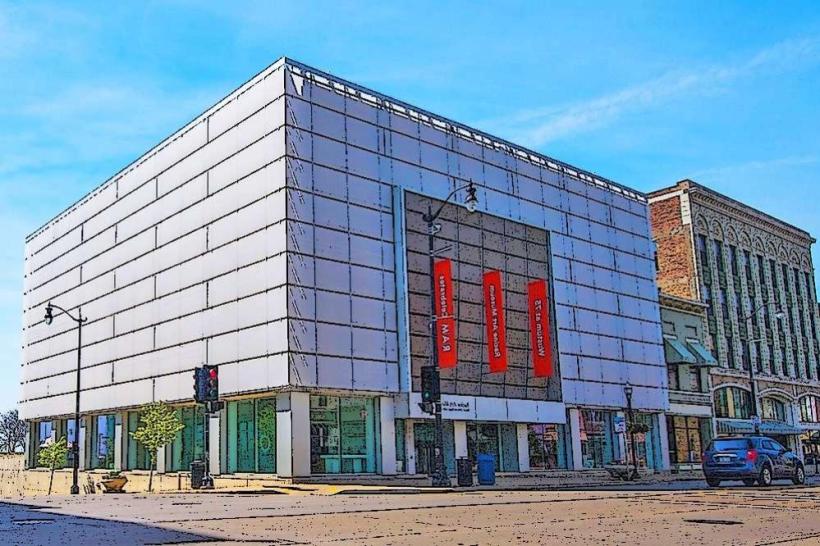Information
Landmark: Historic Milwaukee Train StationCity: Milwaukee
Country: USA Wisconsin
Continent: North America
Historic Milwaukee Train Station, Milwaukee, USA Wisconsin, North America
Historic Milwaukee Train Stations – Detailed Overview
Milwaukee’s train stations have played a crucial role in the city’s development, reflecting the evolution of transportation, architecture, and urban planning from the late 19th century to the present. These stations were not only transit hubs but also architectural landmarks and symbols of Milwaukee’s economic growth. The history of Milwaukee’s train stations can be traced through several key sites, each representing different eras of the city’s railroading legacy.
Lake Front Depot (1889–1966)
The Lake Front Depot was Milwaukee’s most iconic and grand railroad station during its operation. Opened in 1889 by the Chicago and North Western Railway (C&NW), it was located near the lakefront at the terminus of East Wisconsin Avenue, just steps from Lake Michigan. This location made it a prominent gateway to the city for passengers arriving by train.
Architecture and Design: The station was built in a Romanesque Revival style, featuring robust masonry, arched windows, and a towering 234-foot clock tower that dominated Milwaukee’s skyline for decades. Its imposing design symbolized the power and prestige of the railroads during the golden age of train travel.
Operations: At its peak, the Lake Front Depot handled up to 98 trains daily, serving as a critical nexus for regional and national rail lines, including the Chicago and North Western Railway and the Milwaukee Road.
Significance: The depot was a bustling hub connecting Milwaukee to Chicago, Minneapolis, and other major cities, facilitating both passenger travel and freight transport. It played a vital role in Milwaukee’s economy, helping move goods and people efficiently.
Demise: In the 1960s, with the rise of automobile and air travel, passenger rail declined. In 1964, Milwaukee County purchased the depot and adjacent land for a proposed freeway project. The depot ceased operations in 1966 when services moved to the newer Milwaukee Union Station. The Lake Front Depot was demolished in 1968, a loss that sparked increased historic preservation awareness in Milwaukee.
Everett Street Depot (1886–1965)
Prior to the Lake Front Depot, the Everett Street Depot was Milwaukee’s first major railroad station and served as the city’s primary rail hub for several decades.
Location and Design: Situated between 2nd and 4th Streets on Everett Street, this station opened in 1886 and was characterized by its elaborate Victorian-era architecture, with decorative woodwork and expansive train sheds.
Role: It was the main passenger terminal for the Milwaukee Road (Chicago, Milwaukee, St. Paul and Pacific Railroad) and accommodated a large volume of both passenger and freight traffic.
Operational Period: Everett Street Depot functioned as Milwaukee’s main station until 1965, when it was replaced by the modern Milwaukee Union Station.
Legacy: The station was known for its lively atmosphere and was a symbol of Milwaukee’s industrial era. Its replacement reflected changing needs in rail transport and urban development.
Milwaukee Union Station (1965–2007)
Constructed to replace the Everett Street Depot, Milwaukee Union Station opened on August 3, 1965, reflecting mid-20th-century architectural trends and functional design.
Architecture: Designed by Donald Grieb, the station embraced modernism, featuring clean lines, simple geometric forms, and a focus on functionality over ornamentation. It lacked the grandeur of its predecessors but provided updated facilities more suited to the reduced passenger volumes of the era.
Services: The station primarily served the Milwaukee Road and briefly the Chicago and North Western Railway. Its modern amenities included waiting areas, ticket counters, and streamlined access to trains.
Transition to Intermodal Use: Reflecting evolving transportation needs, the station was renovated in 2007 and renamed Milwaukee Intermodal Station, signaling its expanded role in accommodating multiple forms of transportation beyond just rail.
Milwaukee Intermodal Station (2007–Present)
The current Milwaukee Intermodal Station, located at 433 West St. Paul Avenue, is the city’s central transportation hub, integrating rail, bus, and streetcar services.
Renovations and Facilities: The 2007 renovation introduced a modern glass atrium, expanded waiting rooms, enhanced accessibility features, and upgraded passenger amenities. It now serves Amtrak rail services, Greyhound and other intercity buses, and local transit including the Milwaukee Streetcar (The Hop).
Usage and Capacity: The station handles over 1.3 million passengers annually, reflecting its importance in Milwaukee’s transit network and its role in regional connectivity.
Ownership and Management: The station is owned by the Wisconsin Department of Transportation and managed with a focus on passenger convenience, safety, and multimodal integration.
Urban Role: The station sits strategically near downtown Milwaukee, facilitating seamless transfers and supporting the city’s transit-oriented development goals.
Historical and Cultural Significance
Milwaukee’s train stations have mirrored the city’s rise as a transportation hub in the Midwest. The grand Lake Front Depot and Everett Street Depot symbolized the height of the railroad era, serving millions and driving economic growth. Their architectural splendor reflected civic pride and the importance of rail travel in daily life.
The transition to Milwaukee Union Station and later to the Intermodal Station illustrates the shift in transportation trends-from rail dominance to a diversified transit network including buses and streetcars. The modern Intermodal Station embodies a commitment to sustainable urban mobility and regional integration.
These stations also highlight Milwaukee’s changing urban landscape, where infrastructure adapts to evolving technologies and population needs. The demolition of the Lake Front Depot became a catalyst for historic preservation awareness, influencing how Milwaukee values and protects its architectural heritage today.
Summary
Milwaukee’s historic train stations represent a timeline of American railroading history, from the grandeur of the late 19th century to the pragmatic, multimodal transportation centers of the 21st century. The Lake Front Depot and Everett Street Depot were once majestic gateways that connected Milwaukee to the broader nation, while Milwaukee Union Station and the current Intermodal Station reflect changing transportation modalities and urban priorities.
Today’s Milwaukee Intermodal Station stands as a modern symbol of connectivity, serving thousands daily and linking rail, bus, and streetcar networks in an efficient, accessible facility. The history of these stations is integral to understanding Milwaukee’s growth, its architectural evolution, and its role as a transportation hub in the Midwest.


